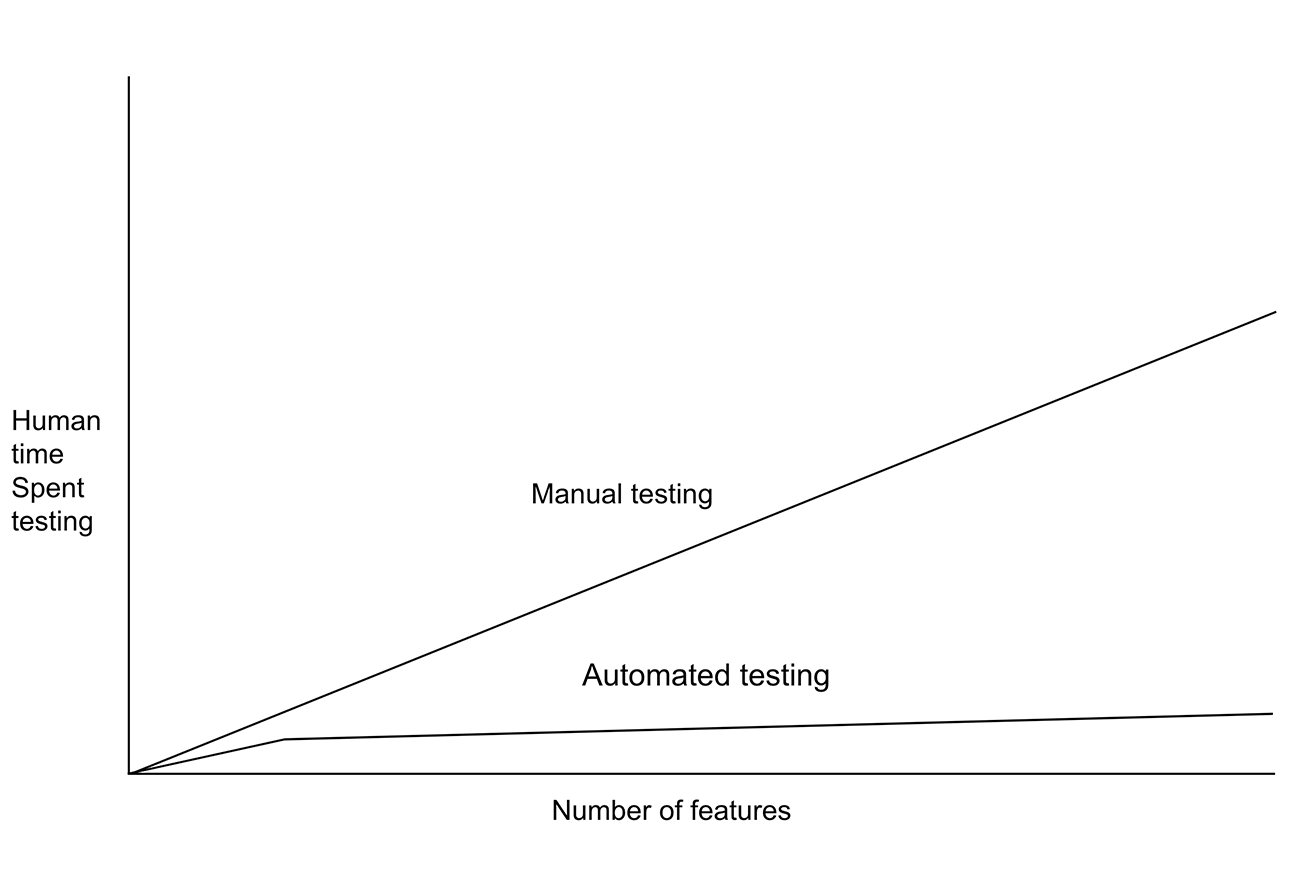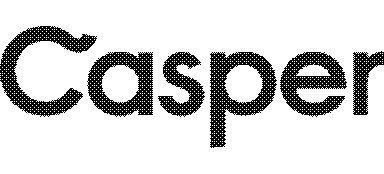Fail Fast, Learn Faster: How to Ship Value Without Wasting Time

Co-Founder / CEO

At the heart of any software company, the key to delivering customer value lies in the engineering team. No matter what your product is, it’s the engineers who turn ideas into reality. And the success of your business depends on how well they do it.
But here’s the catch: building something customers will pay for isn’t just about coding. It’s about how fast you can figure out what customers actually want. This is where the concept of the iteration loop comes in.
The iteration loop is the process of finding a customer problem, coming up with a solution, and testing that solution with real feedback. The truth is, most of the time, your first attempt to solve a problem will be wrong. That’s why feedback from customers is essential. It tells you if you’re on the right track, and more importantly, if you need to try again.
If we accept that most of our ideas won’t work on the first try, then the goal becomes clear: how fast can we find out what doesn’t work and move on to the next idea? This is what the iteration loop is all about.
Now imagine this: solving a customer problem takes five attempts on average. If your iteration loop takes two weeks per cycle, that’s about two and a half months to find the right solution. But what if your iteration loop only took a day? You’d be able to solve the same problem in just a week.
That’s why speeding up your iteration loop is key to delivering value quickly and making your business thrive. The faster you can learn, adapt, and improve, the quicker you can turn ideas into profits.
The Key Elements of the Iteration Loop
The iteration loop has four key parts, each playing an important role in delivering customer value. Let’s break them down.
Customer Problem Identification
The first step in any iteration is to figure out the customer’s number one problem. This is the foundation of everything that follows. If you don’t know what the real issue is, you’ll be guessing at solutions that might miss the mark. So, step one is all about understanding the problem from the customer’s perspective.
Hypothesis Development
Once you know the problem, the next step is coming up with a hypothesis — an educated guess about what might solve it. This isn’t about being perfect; it’s about having a strong idea that you can test. Hypothesis development is where creativity meets strategy. You’re taking everything you know about the problem and making your best guess on how to fix it.
Build
After forming a hypothesis, it’s time to bring it to life. This is the build phase, where your engineering team creates something based on your idea. It doesn’t have to be perfect or fully polished. The goal here is to create a working version of the solution that you can present to the customer. Speed is important — you want something tangible, but it doesn’t need to be final.
Feedback
Finally, the most critical phase — feedback. Once you’ve built your solution, it’s time to show it to the customer and hear what they have to say. This step tells you if your hypothesis was right or wrong. It’s not always easy to hear, but it’s the fastest way to learn and improve. Feedback gives you the direction for the next iteration, whether that means tweaking the current solution or going back to square one.
By moving through these four steps quickly and efficiently, you can keep improving, solve problems faster, and create something your customers truly value.
Traps to Avoid During Hypothesis Development
Hypothesis development isn’t a solo mission — it’s a team exercise. And it should always include the software engineers. Here’s why things can go off track when engineers are left out of this critical step.
When the solutioning is done by just the product manager or CEO, and then handed off to the engineers, you’re missing out on a huge opportunity. The engineers are the ones who know the code, the architecture, and the shortcuts that can help bring your idea to life faster. They also know where the “dragons” are — those tricky parts of the codebase that could slow things down or cause issues. Without their input, you risk creating solutions that either take too long to implement or introduce unnecessary technical debt.
By involving the engineers in the process from the start, you’re training them to be problem solvers. This helps them think beyond just coding and start seeing the bigger picture of solving customer problems. And that shift in mindset can lead to better solutions overall. When more people are involved in the process — especially those who understand the technical side — you end up with stronger, more thoughtful hypotheses.
Another benefit? When engineers are part of the solutioning, they understand that these are hypotheses — not final features. That distinction makes a big difference. If they see the solution as something to test and improve, they’re more likely to implement it in a way that balances speed and quality. This mindset leads to better outcomes because the engineers can quickly build something that gets feedback from the customer without over-committing to something that might need to change entirely.
In short, the best ideas come from collaboration. So, make sure the whole team, especially your engineers, is part of hypothesis development. You’ll get faster, smarter solutions that are easier to implement — and your engineers will become better at solving customer problems along the way.
Creating a Fast and Efficient Build Process
As we touched on earlier, it’s important for engineers to treat the build process as part of testing a hypothesis, not delivering a final feature. This mindset opens up a lot of room for speed and flexibility, allowing the team to get something in front of customers quickly. But to make this work, you need an efficient build process. Here’s how to do it.
Feature Flags: Your Best Friend
Feature flags can be a game changer. They allow you to release a half-finished feature, enable it for just one customer, and get immediate feedback. You can jump on a call with that customer, see how they react, and decide whether it’s worth fully developing the feature. This keeps things agile and ensures you’re not overcommitting to an idea that might not work.
Automated Testing: Scale Without the Manual Overhead
Testing is another area where efficiency makes all the difference. Think about how long it takes a person to manually QA an app for regressions, check for bugs, and verify if the new feature works as expected. It’s a long process compared to a machine doing the same work. If your iteration loop relies on manual regression testing, you’re going to end up with those dreaded 2-week loops. That’s a big slowdown in testing hypotheses, which as we discussed earlier, is something you want to avoid.
This brings us to the idea of scale in the build phase. Scale isn’t just about building more features; it’s about reducing the human time required to manage them. While each new automated test adds a tiny amount of verification time — milliseconds — this is minuscule compared to the minutes or hours it takes for a person to manually test. This is where exponential efficiency comes in: as you add more tests, the time grows slightly, but the human effort stays nearly flat, allowing you to scale without slowing down. True scale happens when adding features doesn’t significantly increase human time.

Write Tests Early, Ship Faster
One of the easiest ways to achieve this is through automated testing. Whether you write tests alongside the feature or even before the feature, the goal is the same: have the machine quickly tell you whether the feature works without breaking anything else. This way, you can get the feature in front of a customer faster, with confidence that nothing else has been affected.
Speed to Production: How Fast Can You Ship?
The next key to a fast build process is how quickly you can get code to production. If you have to push your code through three environments first and it takes hours, that’s going to slow everything down. The ideal scenario is for the engineering team to build a feature, put it behind a feature flag, and have the production release happen in a matter of minutes. A quick and efficient release pipeline is crucial. If the release process is too slow or cumbersome, the natural tendency is to hold off on shipping smaller, testable features. You might group several features together or spend more time perfecting something that could have been tested much sooner.
Recap: Efficiency is the Key
So, can your engineers start the day with a hypothesis and get a half-baked feature in a customer’s hands by the end of the day? While it’s not always possible and not a goal to obsess over, the key is to aim for efficiency. The faster your team can build, test, and learn, the quicker you’ll solve real customer problems.
Creating a Fast and Efficient Feedback Process
The feedback process is a critical part of the iteration loop, and just like every other phase, it’s a full team effort. Don’t limit this to just the product manager or CEO. If you want faster iteration loops in the future, involve your software engineers in the feedback process. Seeing firsthand how customers react to the solution will improve the engineers’ ability to brainstorm better ideas for the next iteration.
Feedback is also a powerful tool for building domain knowledge. When customers explain why a solution works, doesn’t work, or somewhat works, they provide valuable insights into their day-to-day challenges. This helps everyone on the team, especially the engineers, better understand the problem space and develop empathy for the customer. The more your team understands the customer’s world, the sharper and more accurate your hypotheses will become in future iterations.
And remember, feedback doesn’t always have to be a formal user interview with a PhD researcher. Sometimes it’s as simple as putting the feature in front of someone and getting their thoughts. You can even record a quick Loom video of the feature and send it to the customer for feedback.
If it’s not realistic to have the whole team on a live call with the customer, that’s okay. Record the session and make sure everyone watches it later. Ideally, gather the team together to watch the feedback video at the same time. That way, everyone sees it firsthand and can immediately start reacting and discussing what they learned. This shared experience not only ensures everyone’s on the same page but also fosters collaboration on how to move forward based on what the customer said.
By including the entire team in the feedback loop, you’ll gain insights that will improve your future hypothesis development, speeding up the entire iteration process.
Conclusion
At the end of the day, building great software is all about how quickly and effectively you can solve customer problems. The iteration loop—identifying problems, developing hypotheses, building solutions, and gathering feedback—is the engine that drives this process. The faster and smoother your loop runs, the more value you can deliver to your customers.
But speed alone isn’t enough. Involving the entire team, especially the engineers, in each phase is key to producing better, more thoughtful solutions. When engineers understand the problem, contribute to the solution, and see how customers respond, they become far more effective at delivering value in future iterations.
By creating a fast and efficient build and feedback process, and embracing a culture of collaboration, you’re not just solving customer problems—you’re setting your business up for long-term success. Every iteration teaches your team something new, and with each lesson, you get one step closer to building something your customers truly love.



